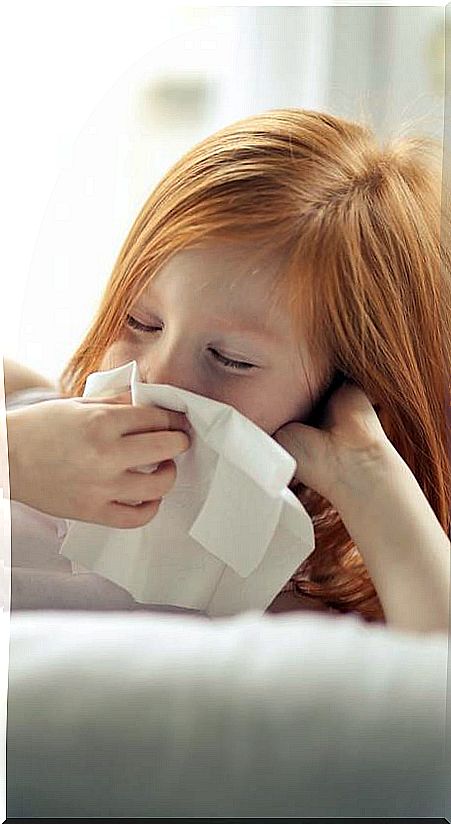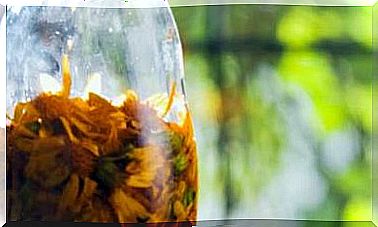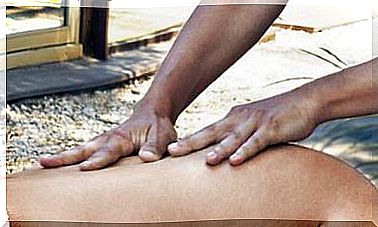Why Are Children Getting Respiratory Infections In The Middle Of Summer?
In the height of summer, emergency rooms and hospital beds are filling with babies and young children with non-COVID respiratory infections. What is happening?

According to epidemiological surveillance systems, cases of off-season respiratory infections in infants and children are increasing . Some of these infections are due to the respiratory syncytial virus (RSV), typically winter, which can cause serious problems in babies younger than 6 months.
There are also more cases of colds and angina due to other viruses and gastroenteritis, according to statements 20 minutes from the head of Pediatric Emergencies at the Gregorio Marañón Hospital in Madrid, Paula Vázquez.
The situation may be a consequence of a lack of acquired immunity towards RSV, due to the use of a mask, social distance and frequent hand washing, in children born after March 2020.
Babies and children have not been infected and, furthermore, their immune systems have not matured as they normally do at their age. As a consequence, complications appear in some children that may require mechanical ventilation, especially if there are previous illnesses.
What is respiratory syncytial virus?
Respiratory syncytial virus causes upper and lower respiratory tract infections and causes symptoms reminiscent of a mild cold or, if the course is more severe, pneumonia and bronchiolitis may appear.
Out of every 100 children under the age of six months who suffer from the disease, one or two need to be hospitalized and may need a mechanical ventilator.
Until now, the virus has not been a problem for healthy children without previous illnesses. Virtually all children have had at least one RSV infection by the age of 2 years.
The younger a baby is when they come in contact with RSV, the more serious the infection can be. However, if the mother already had a strong immune system, she can protect her especially sensitive child during the first 4-6 weeks.
Anti-coronavirus measures are now likely to result in immature immune systems in many adults, which cannot transmit the same protection to the baby.
What are the symptoms of RSV?
- In babies younger than six months, symptoms include irritability, poor appetite, listlessness, and wheezing during sleep.
- Older babies and children may have a runny nose and decreased appetite, cough for 1-3 days, sneezing, fever, and sometimes wheezing.
- In adults, the disease can manifest with mucus, sore throat, cough, headache, fatigue, and fever.
Infections are getting worse
The COVID-19 pandemic and the essential measures taken to combat it have created an unprecedented situation. Children contract respiratory infections in the summer and their immune development has been disrupted. What can be the consequences?
Epidemiologist Professor Michael Baker explains this in The Guardian using a metaphor: “If a year or two go by without a fire in the bush, then there is a lot of weeds that grow back and each fire that follows will be worse. Something similar is happening with the children ”.
In recent months, children have suffered fewer infections, not because they were incredibly healthy, but because they have not had contact with pathogens. They are now experiencing, especially babies born during the pandemic, their first real contact with some viruses and in some cases they are finding it difficult to overcome them.
That children have not contracted the flu or colds during the pandemic has been good in the first instance, because it has alleviated the workload of health systems, but it will create an immunity deficit that can create long-term problems, according to French scientists.
The Australian medical collegiate organization predicts that if pandemic control measures are lifted, the flu season next fall could be very severe.
Scientific references:
- Huang et al. Impact of the COVID-19 nonpharmaceutical interventions on influenza and other respiratory viral infections in New Zealand. MedRxiv.
- Cohen et al. Infectious Disease Group (GPIP) position paper on the immune debt of the COVID-19 pandemic in childhood, how can we fill the immunity gap? Infectious Diseases Now.









